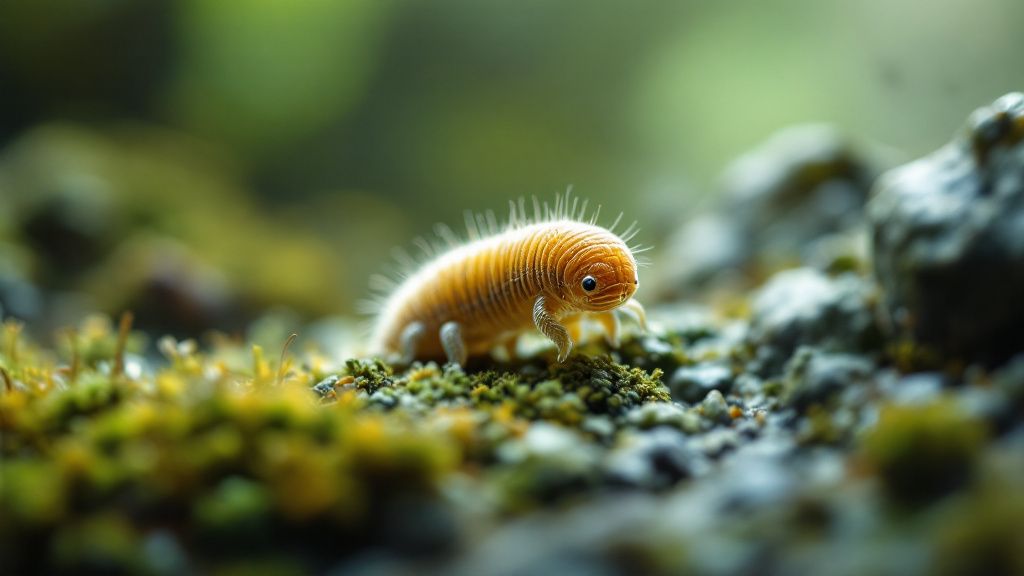
In a world teeming with strange animals and unique wildlife, tardigrades stand out as true survivors. Known as water bears, these micro-animals exhibit a remarkable resilience that allows them to thrive in environments where other organisms would perish. They can endure extreme temperatures from -272°C to 150°C, showcasing an unparalleled adaptability to temperature fluctuations. More impressively, tardigrades withstand crushing pressures up to 6,000 atmospheres, surpassing even the depths of the ocean’s trenches. These unusual animals have even ventured beyond Earth; the European Space Agency exposed them to space vacuum conditions for ten days, proving their tenacity under cosmic extremes.
Tardigrades are also radiation-resistant, enduring radiation levels lethal to most living things, with studies showing survival at doses up to 5,000 Gy. Their ability to enter a cryptobiotic state lets them survive dehydration, losing up to 99% of body water, and then rehydrating years later. It's a testament to their unique adaptations that tardigrades can endure osmotic shocks, sudden solute concentration changes in their environment, and resume normal functions once stable conditions are restored. Extreme environments like deep-sea trenches, polar deserts, and high-altitude regions are no strangers to these peculiar creatures, which can remain desiccated for decades before reviving with moisture.
Research indicates that proteins such as trehalose and specific protective proteins equip tardigrades with their phenomenal survival mechanisms. Having existed for over 500 million years, these ancient beings exemplify evolutionary resilience, making them a fascinating subject for those invested in animal discovery and conservation. Their story continues to captivate scientists and animal rights organizations, adding a vital chapter to the unique animal facts that intrigue and inspire the quest to understand life's resilience. For more on their adaptability, learn about their ability to endure high levels of radiation here.

In your exploration of the natural world, you'll discover awe-inspiring adaptations that make some animals truly exceptional survivors. Picture the tardigrade—these microscopic marvels, often called water bears, thrive in the harshest conditions imaginable. By entering a cryptobiotic state, they suspend their metabolism, allowing them to withstand temperatures from -272°C to 150°C, high radiation, and even the vacuum of space.
Imagine the Arctic fox, its thick fur transforming with the seasons to provide both warmth and camouflage—white in the snowy winter and brown during the summer tundra months. Such an adaptation ensures effective hunting and predator evasion. Chameleons, too, are masters of transformation, shifting their skin color not only to communicate and regulate temperature but to blend seamlessly into their surroundings to evade threats.
In the ocean, the mimic octopus showcases its intelligence by imitating the appearance and behaviors of other sea creatures, like lionfish and flatfish, as a method of avoiding predators. On land, the wood frog endures freezing temperatures by entering suspended animation, only to reawaken and resume life after thawing in spring.
Similarly, the bombardier beetle's defense strategy involves releasing a hot, chemical spray to fend off attackers, highlighting its sophisticated biochemical processes. In the sea, pufferfish inflate to appear larger and thwart potential predators, and the Arctic tern triumphs over distance with its lengthy migration, the longest known, covering up to 71,000 kilometers each year.
Among ants, the leafcutter ant you see in tropical forests offers insight into mutualistic relationships, cultivating fungus as a food source from leaves they meticulously harvest. Lastly, the axolotl, renowned for its incredible limb regeneration abilities, even recreates parts of its heart and brain. This fascinating feature sparks interest for its potential applications in human medicine, as you can learn more about animal species with extraordinary survival skills. Each of these creatures contributes to a unique wildlife tapestry, inspiring admiration for their uncommon adaptations and behaviors that have enabled their survival across millennia.
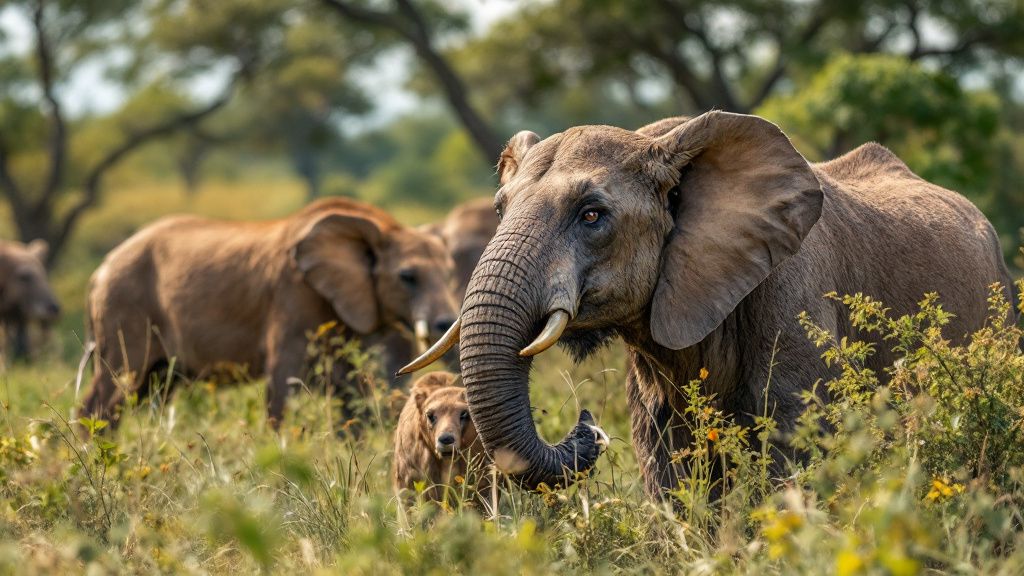
Conservation of unique and endangered species is fraught with numerous challenges, each demanding urgent solutions. One of the primary obstacles is habitat loss and fragmentation, which threatens an estimated 1 million species. As forests, wetlands, and grasslands are converted for agriculture and urban development, these species lose their homes and face impending extinction. To combat this, creating and maintaining protected areas like national parks and wildlife reserves is essential. Currently, these protected regions cover about 15% of Earth's land, serving as critical safe havens for biodiversity.
Moreover, poaching and the illegal wildlife trade pose severe threats, with these activities generating up to $23 billion annually. Conservation strategies emphasize strict enforcement of anti-poaching laws and the necessity of global cooperation to dismantle trafficking networks for species like the rhino and elephant. Enhanced legal frameworks and international agreements can significantly reduce the exploitation of endangered species.
Restoration efforts are vital in counteracting past damages. Initiatives like reforestation and wetland reconstruction not only recover ecosystems but also support species revival. Studies indicate that restored habitats can host up to 80% of their original biodiversity, emphasizing the importance of these projects in conservation plans.
Additionally, the threat from invasive species, which outcompete and endanger native wildlife, needs active management techniques, such as monitoring and controlling invasive populations. The fight against climate change is equally imperative, as rising temperatures and altered weather patterns could place up to 30% of species at risk by 2050. To mitigate this, reducing greenhouse gas emissions and implementing adaptive conservation strategies are pivotal.
Public awareness and education have gained traction in supporting conservation efforts. Over 70% of people now recognize the importance of protecting these species, thanks to campaigns by conservation groups. For them, increased understanding of the issues can galvanize public support and lead to more concrete conservation actions. Learn more about the intricate problem of wildlife conservation and how these strategies come into play to forge a sustainable future for our planet's rich biodiversity.
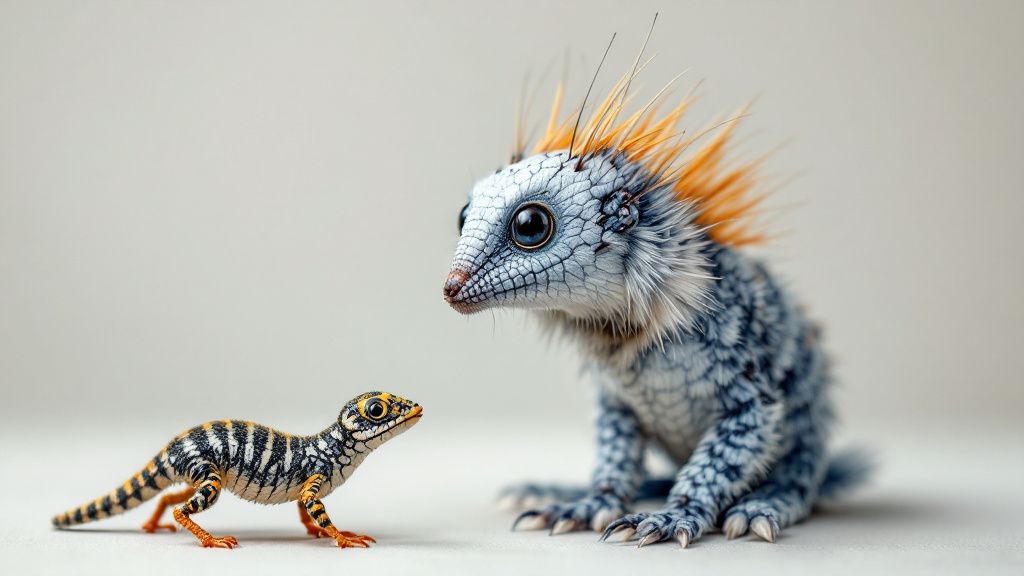
In the vast tapestry of the animal kingdom, certain creatures capture our curiosity with their extraordinary features and behaviors, each contributing to the vibrant diversity of life on Earth. Take the axolotl, for instance; this unusual amphibian fascinates with its ability to regenerate not only lost limbs but parts of its heart and brain. This remarkable trait not only piques scientific interest but plays a significant role in its adaptability and survival.
Consider the Yeti crab, which resides in the extreme environment of deep-sea hydrothermal vents. It uses its hairy pincers to sense and capture food, an adaptation that exemplifies the unique evolutionary paths species can take in response to their environments. This highlights the importance of biodiversity in maintaining ecosystem balance and health.
Equally intriguing is the platypus, a mammal that lays eggs and sports a duck-like bill. Its physical and reproductive adaptations underscore the diverse routes evolution can take, bringing richness to our understanding of animal life. Meanwhile, in the deep oceans, the anglerfish employs a bioluminescent lure to attract unsuspecting prey, illustrating the inventive strategies animals adopt to thrive in their habitats.
The narwhal, dubbed the 'unicorn of the sea' for its long, spiraled tusk, adds to this collection of fascinating traits. This feature likely plays a role in social interactions, further emphasizing the intricate adaptations that enhance species survivability. Then there's the saiga antelope, whose distinct nose filters dust and regulates temperature, demonstrating adaptations crucial for thriving in harsh, arid landscapes.
Venture to the tropics, and you’ll find the blue-footed booby, its vibrant feet not just an eye-catching feature but a key element in mating displays. Such physical characteristics accentuate the role of beauty and uniqueness in reproductive success—shaping species diversity. The komodo dragon demands attention with its potent, venomous bite, signifying its status as a top predator and highlighting the interconnectedness of organisms within an ecosystem.
The curiosity of nature is not limited to individual quirks but extends to the broad impact these traits have on biodiversity. Research shows that animal curiosity, particularly among species like cichlids, drives exploration and adaptation to new environments, bolstering ecosystem resilience. For further insight into animal species with phenomenal traits, such as the axolotl and its regenerative capabilities, you can explore their astonishing features. Every quirky creature adds a unique thread to the vast mosaic of life, prompting us to appreciate and preserve the endless wonders of the natural world.
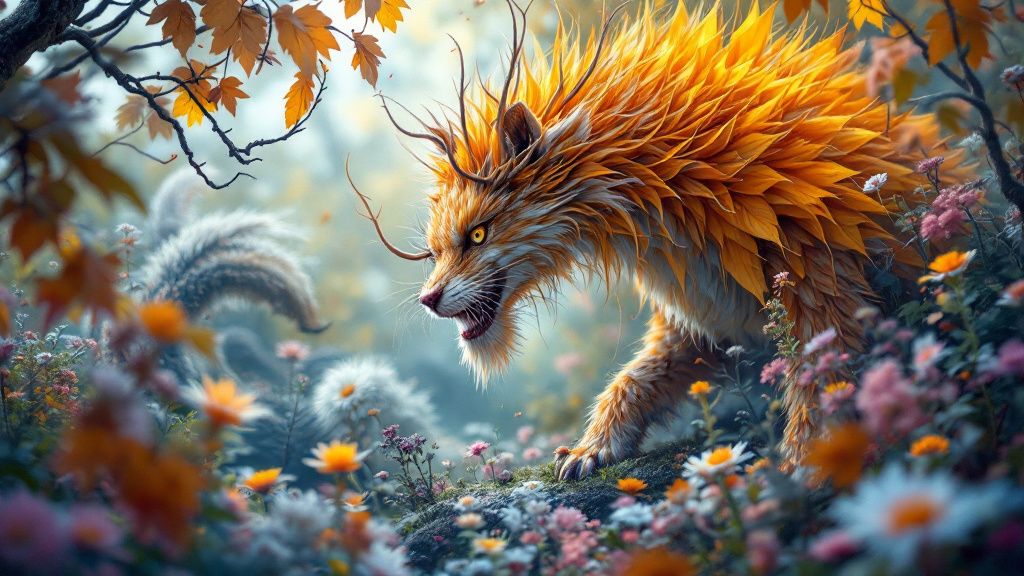
Picture a vibrant tapestry where each thread is a unique creature, painting a rich and diverse canvas of life. Wildlife photography captures this stunning art form, using visual metaphors to draw attention to the distinctive beauty of strange animals. Imagine the bright plumage of exotic birds, their colors etched boldly against the muted backdrop of dense forests, creating a striking contrast that highlights their vibrancy and allure.
Photographers like Ayush Singh craft close-up images that tell a story, allowing viewers to see the delicate beauty and fragility of these creatures in their natural surroundings. Each photograph serves as a living narrative, rich with visual symbolism that underscores the importance of conservation, demonstrating just how vulnerable yet majestic these animals are.
The interplay of light and shadow in an image can reflect the intricate duality of nature—its breathtaking beauty juxtaposed with its innate dangers. A predator captured mid-hunt, for instance, illuminates both the awe and the peril of the animal kingdom. Such dramatic imagery creates a mirror for conservationists, offering a reflective surface for the challenges and triumphs of preserving these species.
Photography does more than please the eye; it evokes powerful emotions and deepens our connection to wildlife. On social media, vivid images of animals spark engagement, becoming visual metaphors for conservation efforts that rally public support and awareness. A well-timed snapshot of an animal displays strength or vulnerability, encapsulating stories of survival and the tightly woven relationships within ecosystems.
The intricate patterns of an animal’s fur or feathers offer another metaphorical landscape, a testament to the astonishing tapestry of biodiversity. These patterns hint at the evolutionary dance of adaptation, a visual reminder of how each species fits into the greater ecological puzzle. Such imagery is not just art; it is a call to appreciate, preserve, and understand the myriad forms of life that share our planet. Discover how unusual wildlife patterns enhance biodiversity, capturing the imagination with each frame, inviting you to see the world through a lens of wonder and responsibility.
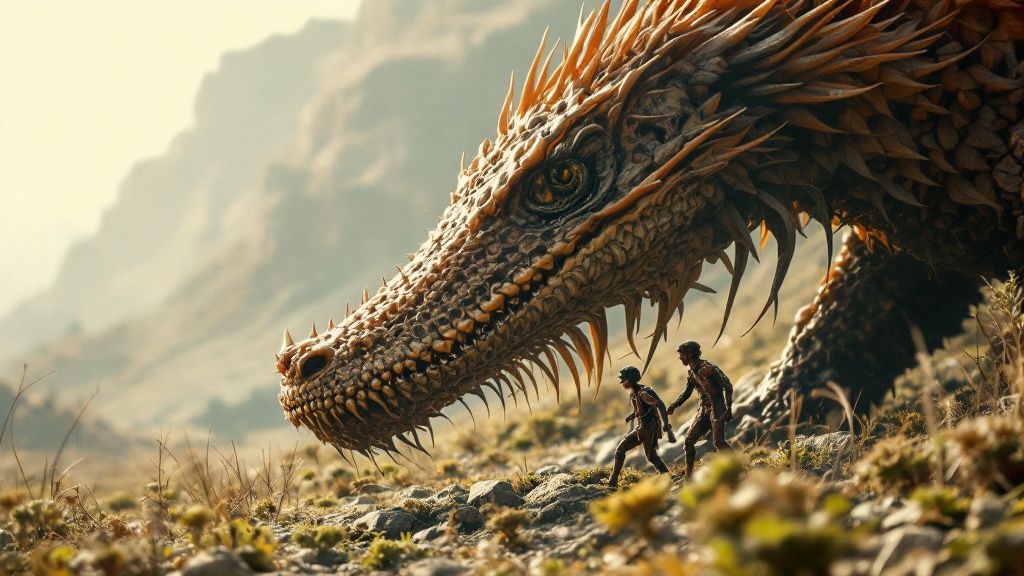
The journey of rare and unique species began millions of years ago, marked by dramatic evolutionary leaps that continue to captivate scientists today. The most significant burst of diversification occurred during the Cambrian period, around 542 to 488 million years ago, when most animal phyla first appeared. This era, often referred to as the Cambrian Explosion, showcased evolution's dynamic response to environmental shifts. The fossil record shows that life forms emerged roughly 574 million years ago, with a notable explosion of biodiversity during this time. Understanding the rapid evolution of such diverse life remains a focus of scientific inquiry.
Extinction events have also played a pivotal role in shaping the evolution of rare species. When certain species disappeared, ecological niches opened for the survivors, prompting adaptations that fueled the emergence of new species through natural selection. The Ordovician period, following the Cambrian, marked the arrival of plant life on land, creating new habitats and resources that drastically influenced animal evolution.
As the ages progressed, atmospheric oxygen levels saw a sharp rise about 300 million years ago, facilitating the evolution of larger and more complex animals. Such environmental changes during the Paleozoic Era allowed life forms to diversify further. The path from synapsid ancestors to modern mammals is a testament to evolutionary adaptability and resilience, resulting in the diverse mammalian species we recognize today, some of which are now critically endangered.
Fast forward to present times, and the focus of conservation efforts has increasingly narrowed on rare and endangered species. With roughly 1 million species teetering on the brink of extinction due to habitat destruction, climate change, and anthropogenic pressures, the urgency for protective action continues to grow. However, the concept of 'evolutionary rescue' offers a glimmer of hope, suggesting that certain rare species might rapidly evolve to adapt to their changing environments, showcasing resilience in the face of extinction. These adaptations underscore the intricate tapestry of evolution that continues to weave the story of life on Earth, encouraging us to preserve the biodiversity that enriches our planet. For more insight into this evolutionary history, explore the emergence of animal phyla during the Cambrian period.
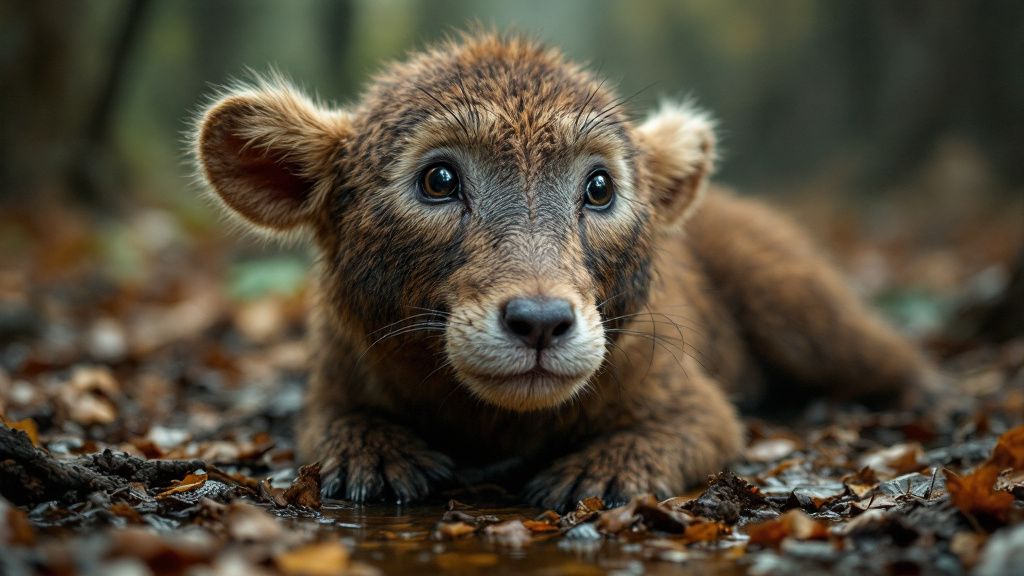
Dive into the hidden world of animal life, where fascinating, unseen aspects reveal the mysteries and marvels that make certain species truly unique. Recent studies have spotlighted behaviors that are essential to survival, such as the extraordinary use of tools by crows and chimpanzees. These intelligent acts not only help them access food but also demonstrate their remarkable adaptability to ever-changing environments.
Advancements in technology, like those used in the series "Animals with Cameras II," have unveiled groundbreaking behaviors in the animal kingdom. By strapping cameras to the backs of animals, researchers develop deeper insights into their natural habits, leading to more effective conservation strategies tailored to each species' unique requirements.
Zoos also play a pivotal role behind the scenes in conservation efforts. Take the Columbus Zoo and Aquarium, for instance, where dedicated programs focus on raising spotted cheetah cubs and successfully reintroducing the once-extinct Oryx to Africa. These efforts highlight the critical impact of breeding programs in preserving species.
Nevertheless, human activities remain a significant threat to wildlife, as highlighted by a landmark report on how habitat destruction and pollution disrupt migratory routes. Protecting these pivotal pathways is essential, underscoring the urgent need for enhanced conservation measures.
Meanwhile, collaborations with organizations like The Nature Conservancy aim to protect and restore habitats, ensuring the survival of threatened species crucial for biodiversity and ecosystem health. Insights from interviews with experts highlight some species' impressive adaptability to human-induced changes, a trait increasingly vital as climate change reshapes their habitats.
Deep in Southeast Asia, the Javan rhino stands as a poignant testament to the need for conservation efforts, with fewer than 80 individuals remaining due to hunting and habitat loss. Similarly, behind-the-scenes zoo experiences, such as those at Brookfield Zoo, provide invaluable insights into animal behavior and diet, boosting public understanding and aiding conservation initiatives.
Research also sheds light on less visible aspects like the detection of infectious microbes in animal waste, offering a window into the health of endangered populations. These findings allow wildlife experts to swiftly intervene, safeguarding these rare species against further decline.
In the context of the extinction crisis, predominantly driven by human actions, immediate conservation action is indispensable to halt the loss of biodiversity. Insights from initiatives like those by the BBC Earth vividly illustrate the complex and intertwined lives of animals, reminding us of the fragile beauty of our natural world.
Get free resources, early access to new features and updates.
No spam. Just fun educational emails!